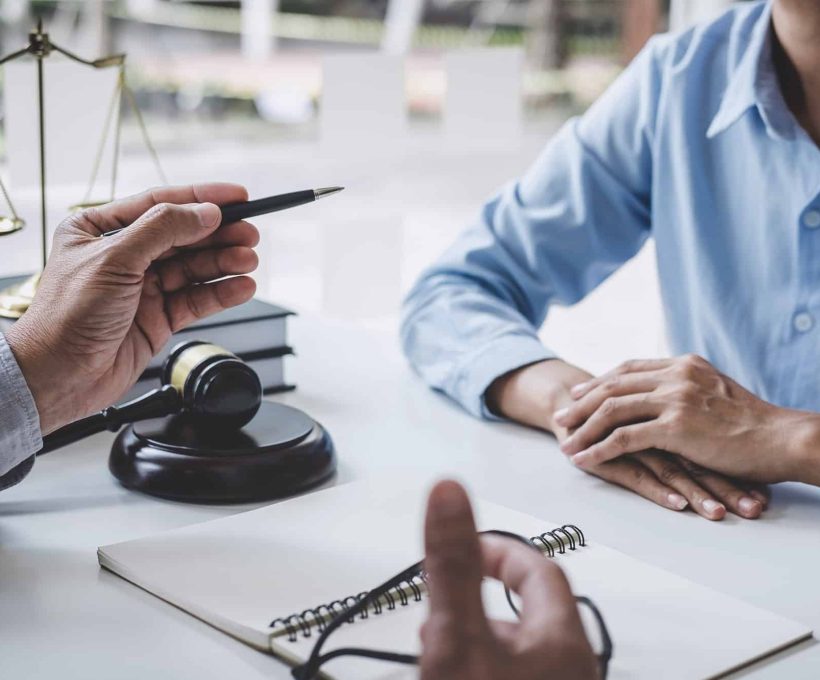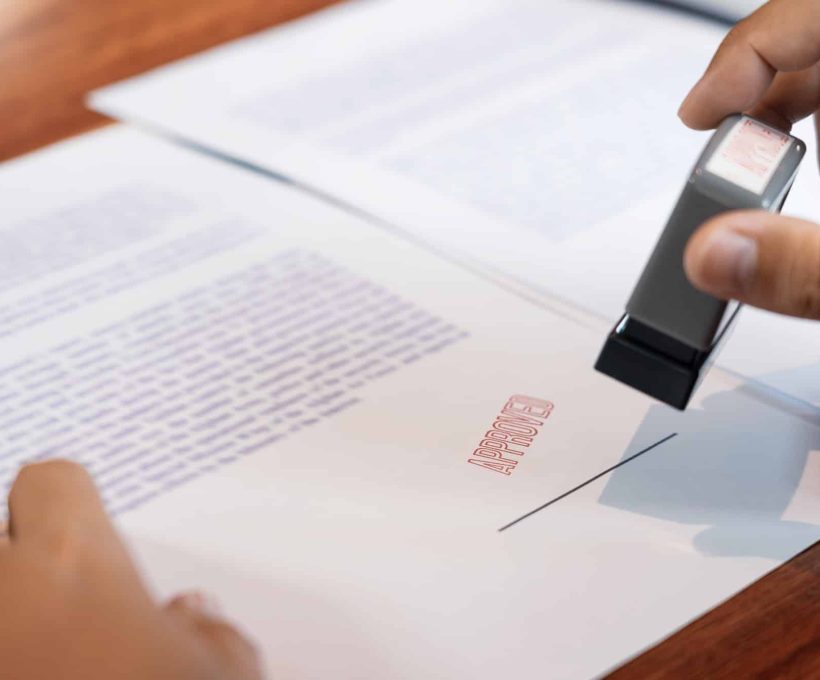Maryland
Do you need to legalize or apostille a document in the state of Maryland? Forget the complications and leave the work to us.
Request your quote now
At Apostille Int., we apostille your documents for use in international procedures through a fast and efficient service.

The state of Maryland along with its capital Annapolis and most populous city, Baltimore, is located in the northwestern region of the country and monthly requests more than 800 apostilles of documents.
Here you will find what type of documents you can apostille in the state of Maryland and the requirements for both original documents and scanned copies of these.
What are the requirements for apostilling a document in Maryland?
The following are the requirements necessary to apostille or legalize a document in the state of Maryland. Also listed are the types of documents that can be apostilled.
Request your quote through the form.
Provide us with the necessary information for your process.
Receive your document in the shortest possible time!
Original Document
You will need to make sure of the following:
- You have an original document or duplicate issued by the State
- Appropriate signature is provided
- Original document was recently issued
- The apostille of the original takes anywhere from 4-10 business days.
The Maryland Secretary of State apostilles public and private documents if the following applies:
- Birth certificates bear the signatures of either State Registrars, Julia E. Davidson Randall or Geneva G. Sparks
- Notarized documents are certified by the Clerk of the Circuit Court in the county where the notary was commissioned
- School records, transcripts, diplomas, or grades are acceptable for an apostille as long as they have been notarized by a Maryland Notary Public and have been certified by the circuit court in the county where the notary was commissioned
- Maryland State/County documents bear the seal and authorized signature of the department issuing the document
Please note:
- For in-person or mail requests, visit or mail applications with a self-addressed envelope, payment and a copy of your identification to:
- 6764B Reisterstown Road Baltimore, Maryland (410) 764-3038 **Make payment payable to the Division of Vital Records
- If you want to order online you can also visit: www.vitalchek.com
Scanned Photocopy of Original Document
You will need to make sure of the following:
- Appropriate signature is NOT provided
- Original document is damaged
- Original document was issued over 10 years ago
- Destination country ACCEPTS apostilles of the scanned photocopy of the original document; most countries do accept an apostille of the scanned photocopy.
- You need the apostille within 24 hours.
Please note:
- Because the notary and the apostille are required to be issued from the same state, the scanned photocopy of the original document that you provide will be notarized and apostilled in New York City.
- For in-person or mail requests, visit or mail applications with a self-addressed envelope, payment and a copy of your identification to:
- 6764B Reisterstown Road Baltimore, Maryland (410) 764-3038 **Make payment payable to the Division of Vital Records
- For online requests visit the VitalChek website at: www.vitalchek.com



